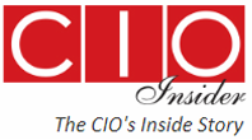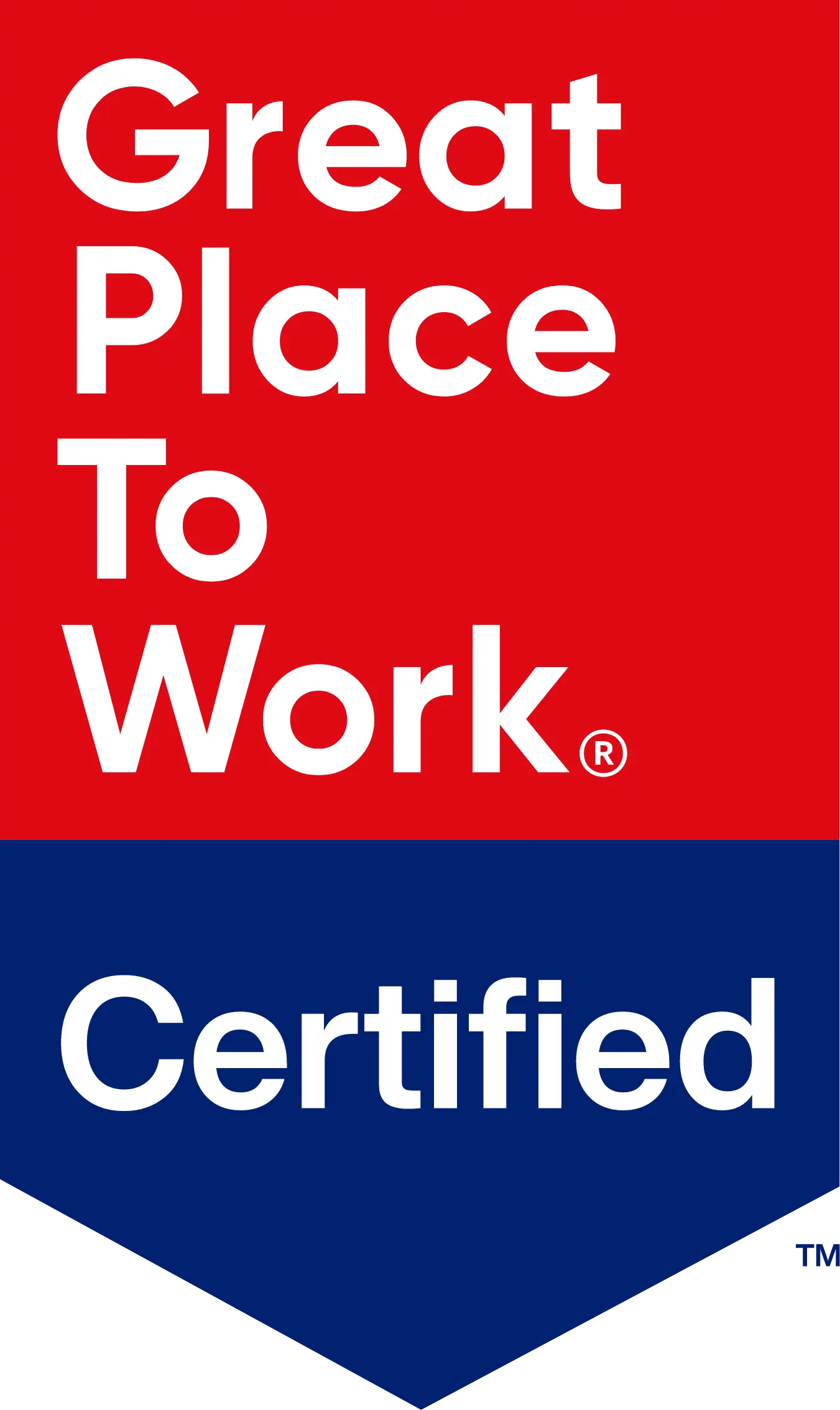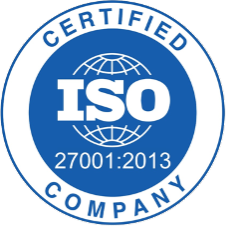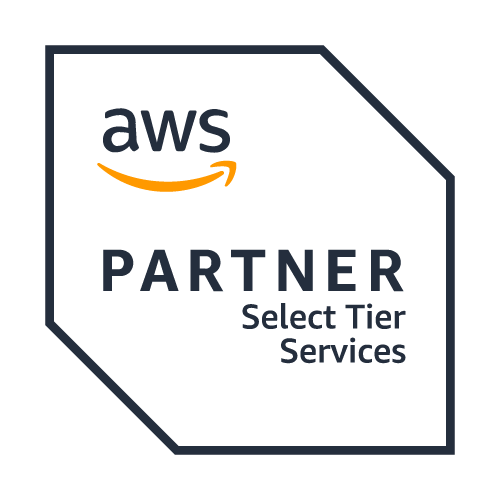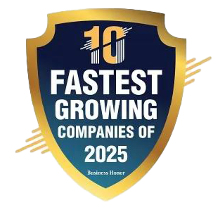5 Key Trends Shaping the Future of DevSecOps
In recent times, DevSecOps has been gaining significant traction in the modern business landscape as a cultural shift rather than a technological one. An acronym for development, security, and operations, this software development practice prioritizes security through all stages of software development lifecycle as a shift-left approach. Besides, this practice also helps deliver automation, repeatability, agility, security, and speed across the lifecycle. In a nutshell, DevSecOps is the hyper-secure version of DevOps, presenting a symbiotic relationship between DevOps and security measures. The primary difference between DevOps and DevSecOps is that the former is focused on increasing the speed and quality of software development and delivery while the latter aims to secure the entire process.
With the rise in security breaches and cyber risks along with the demand for continuous monitoring, agility in software release, and compliance requirements, DevSecOps as a service is more essential now than ever before. The DevSecOps market size that is currently valued at $8.15 billion in 2024 is projected to reach $58.32 billion by 2031, growing at a CAGR of 30.76% in the forecast period (Source: A recent study by Verified Market Research).
5 Key DevSecOps Trends in 2024
-
Automation is the Key
Automation underpins DevSecOps wherein security testing tools are integrated into the development pipeline to automatically scan code for vulnerabilities. In the coming years, organizations envision further advancements in automation, especially when coupled with Artificial Intelligence (AI), to promote accelerated security testing, automated incident response, and streamlined remediations. This helps the security teams to evaluate and resolve security threats with greater precision and agility, while the core operations are automated. A new transformative approach called “secure-by-design" is also gaining the spotlight in 2024, which denotes establishing robust cybersecurity standards, detecting vulnerabilities and risks beforehand, and addressing them before they manifest.
-
Employ IaC
Unlike traditional IT infrastructure management processes which are manual and expensive, Infrastructure as Code (IaC) makes infrastructure provisioning and configuration management an automated process through code. Especially for the infrastructure today that is constantly evolving, IaC enables engineers to focus on core tasks efficiently and stay updated with the changes through minimal effort. Besides employing the right IaC tools, engineers ought to focus on embedding security best practices within these tools, to keep it secure from vulnerabilities and risks. For instance, these practices might include using version control systems to manage IaC code, employ static code analysis tools to identify security vulnerabilities in the code, and use dedicated secrets management solutions to store sensitive information. In short, the DevSecOps adoption in IaC signifies integrating security right from the beginning of the project and ensuring security at its best.
-
Toolchain Management
The DevSecOps tools encompass a range of tools specific to each stage of the development process, right from the code creation to deployment stage. These tools are crucial in identifying and mitigating security risks, thus protecting the security of the software. As most business leaders and IT professionals find using and managing a multiple number of DevSecOps tools a challenge as well as expensive, it is essential to incorporate streamlined and secure toolchain management practices.
This consolidation would help organizations gain a comprehensive view of their security landscape and identify vulnerabilities at ease while strengthening the existing security processes. Here are a few essential tool categories that can be implemented - Version Control: Git and SVN; CI/CD: Jenkins, GitLab, CircleCI, and Azure DevOps; Build Tools: Maven and Gradle; Container Orchestration: Kubernetes and Docker Swarm; Cloud Platforms: AWS, Azure, and GCP; and Collaboration: Slack and Microsoft Teams.
-
Cloud Adoption
The use of cloud computing significantly drives DevSecOps in the present world. Since most organizations have already migrated to the cloud, it is highly important to deploy robust, cloud-based DevSecOps best practices to address and resolve the associated challenges. These tools can enhance the scalability, elasticity, security, tenancy, accessibility, and flexibility of existing workflows. Also, cloud-based DevSecOps tools can accelerate the deployment of applications and updates, while enabling infrastructure provisioning and management through IaC.
In the years ahead, cloud security solutions for DevSecOps like cloud workload protection platforms (CWPP) and cloud security posture management tools (CSPM) are expected to be tweaked in accordance with the advancements in cloud. Moreover, the adoption of multi-cloud and hybrid cloud environments stresses the need for unified security policies and practices.
-
The Impact of AI and ML
As AI and ML are highly capable of threat detection and response, vulnerability assessment and management, and automation of security tasks, these technologies hold a greater impact on the DevSecOps industry. Most of the developers today are already leveraging AI and ML for security testing and planning, checking code, DevOps process optimization, and other QA processes. On the whole, organizations are enhancing their security posture, accelerating software delivery, and embracing continuous improvements, Yet, there are a range of challenges involved in this process like maintaining high quality of data to train AI models, addressing bias in AI models, analyzing the reason behind AI decisions to ensure trust and accountability, and using AI ethically and responsibly.
In the coming years, integrating AI into Security Orchestration, Automation, and Response (SOAR) platforms, using GenAI for writing secure code, and leveraging AI for end-to-end DevSecOps automation are poised to revolutionize the DevSecOps industry.
Cloud Destinations Embracing DevSecOps
More organizations are striving to adopt DevSecOps practices across their operations, thus bringing security closer to developers while reaping the benefits of AI/ML. We, at Cloud Destinations, deploy the latest DevSecOps practices to deliver nothing less than the best to our clients.
One of our prestigious clients was conducting security testing manually, which led to vulnerabilities being undetected until later stages, thus increasing the risk of breaches. To address this issue, our ace team of DevOps and Security engineers has meticulously automated security testing by implementing CI/CD Jenkins pipeline, which integrates Static Application Security Testing (SAST), Software Composition Analysis (SCA), Dynamic Application Security Testing (DAST), and Container Security Tools. This also triggers GitLab commits, executes these tools on code and containers, and creates Jira tickets.
The outcomes of our automated security testing were phenomenal! We were able to conduct early detection and mitigation of vulnerabilities throughout the software development lifecycle process, enhance code maintainability and security, adhere to security regulations, and improve security and resilience via continuous monitoring and remediation for our client.
When it comes to delivering the best DevOps solutions with improved efficiency and speed to our clients, we, at Cloud Destinations, strictly follow a cloud-agnostic approach, innovative practices, a client-centric approach, and robust security measures. We also seamlessly implement zero trust security principles within Kubernetes clusters as each component in the cluster is vulnerable to multiple cyber risks and attacks. Being recognized as the Top DevOps Solutions Provider 2024 by Siliconindia, a leading Business Enterprises & Industries Magazine, further adds value to our DevOps expertise in the IT industry.
 Back
Back














 Linkedin
Linkedin

